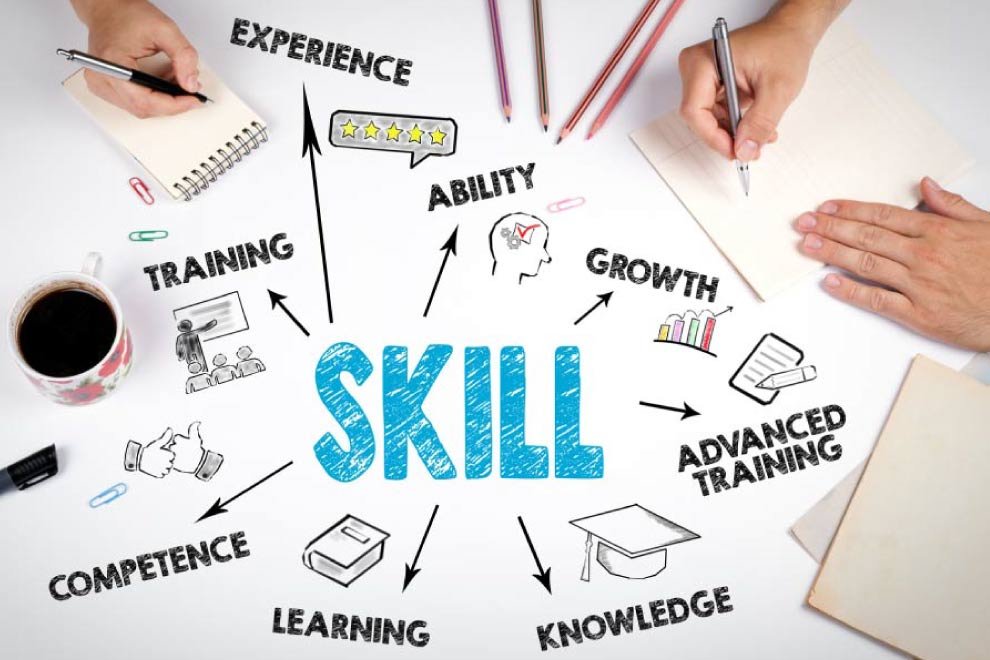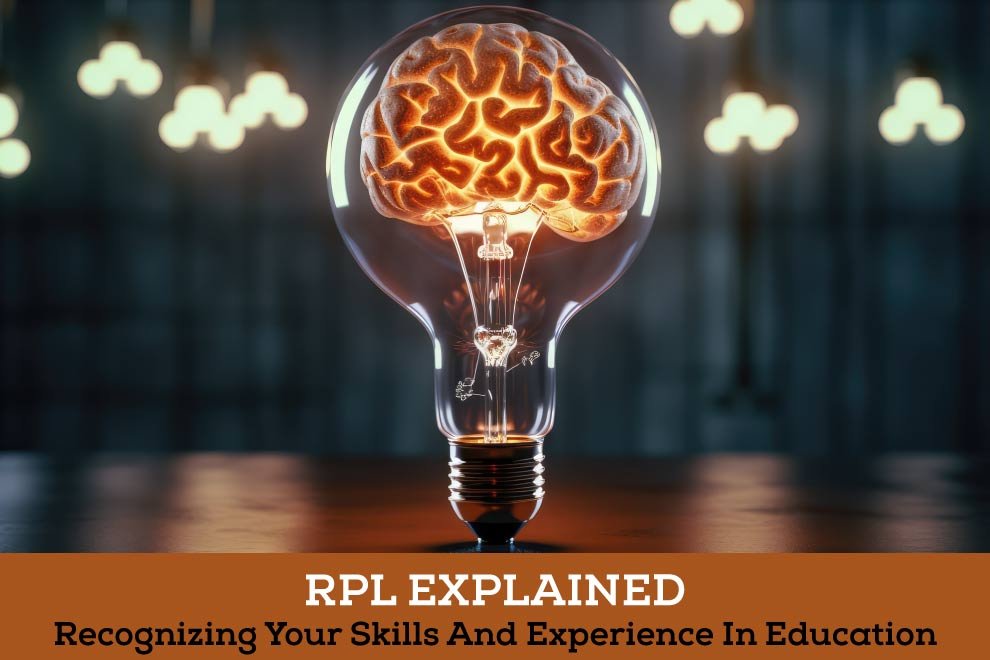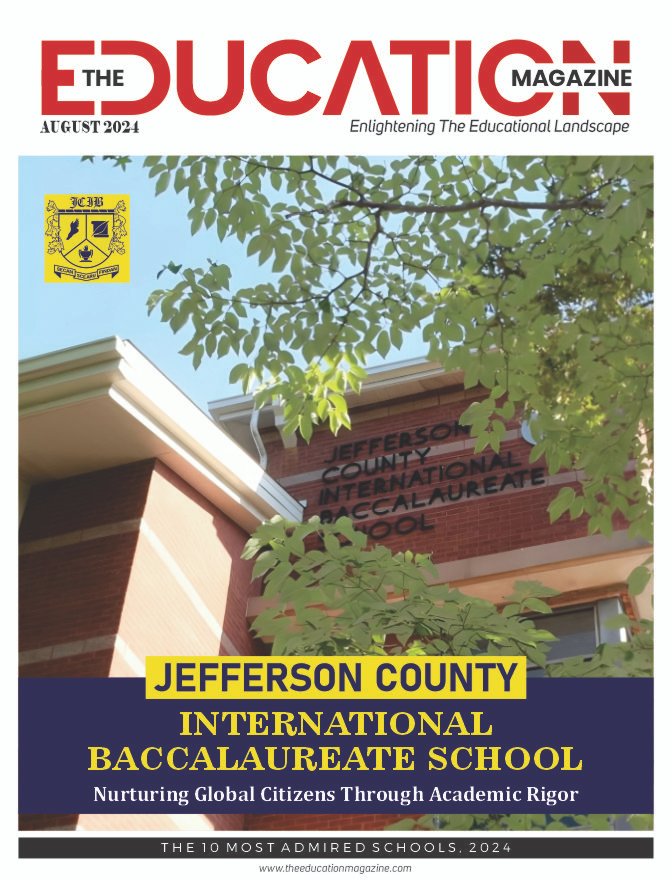In an era where the landscape of work and education is rapidly changing, the recognition of prior learning (RPL) emerges as a critical bridge connecting real-world experience with formal academic achievement.
This guide aims to shed light on RPL, exploring its significance, how it works, and the profound impact it can have on individuals looking to advance their careers, access further education, or simply gain formal recognition for their skills and knowledge.
What Is RPL?
RPL is an assessment process used by educational institutions, professional organizations, and employers to evaluate the skills, knowledge, and competencies that an individual has gained outside of formal education and training settings. This can include work experience, self-study, volunteer work, and other life experiences that are relevant to the qualifications or credits they seek.
For individuals aiming to convert their varied learning experiences into formally recognized qualifications, opting to get your RPL certificate with Gimbal Group or other service providers offers a streamlined pathway to achieving this acknowledgment. This approach not only validates personal and professional growth but also opens new doors for career advancement and educational opportunities.
Benefits Of RPL

RPL offers many benefits for individuals, educational institutions, and the workforce. These advantages underscore the value of leveraging one’s experiences towards formal recognition and qualifications.
For Individuals
- Time And Cost Savings: RPL can significantly reduce the time and financial investment required to obtain a qualification by eliminating the need to retake courses or training in areas where the individual already has sufficient knowledge and skills.
- Career Advancement: By converting prior learning and experience into recognized qualifications, individuals can enhance their resumes, potentially leading to better job prospects, promotions, or career changes.
- Validation Of Skills: RPL provides formal recognition of skills and knowledge acquired outside traditional academic paths, validating an individual’s capabilities and boosting self-confidence.
- Access To Education: It opens opportunities for further education by providing a pathway to qualifications that may have been previously inaccessible due to various barriers, including time, money, or life circumstances.
- Personal Development: The process of gathering and reflecting on one’s experiences for RPL assessment can lead to a greater understanding of personal achievements and skills, encouraging lifelong learning.
For Educational Institutions
- Increased Accessibility: RPL makes education more accessible and inclusive by acknowledging the diverse ways in which people learn and acquire knowledge.
- Enhanced Reputation: Institutions that offer RPL are seen as responsive to the needs of adult learners and the workforce, enhancing their reputation and appeal.
- Student Diversity: RPL attracts a broader range of students, including working professionals and those returning to education later in life, enriching the learning environment.
- Resource Efficiency: By granting credit for prior learning, institutions can ensure more efficient use of resources, focusing on delivering learning experiences that add new value.
For The Workforce And Economy
- Skills Recognition: RPL helps identify and formally recognize the skills present in the workforce, making it easier to address skill shortages and mismatches in the labor market.
- Workforce Development: Encouraging the recognition of informal and non-formal learning contributes to upskilling and reskilling the workforce, supporting economic development and innovation.
- Lifelong Learning Culture: RPL promotes a culture of lifelong learning, essential for adapting to the rapidly changing demands of the global economy and labor market.
- Increased Productivity: With skills and competencies more accurately recognized and utilized, individuals can perform more effectively in their roles, contributing to overall productivity and growth.
The RPL Process
This process typically involves several key stages designed to ensure that the skills and knowledge being claimed are relevant and current and meet the required competencies of the qualification. Here’s an overview of the RPL process:
- Initial Inquiry And Guidance
The journey begins with an initial inquiry where individuals interested in RPL engage in information sessions or consultations with RPL advisors. This stage is crucial for gaining a clear understanding of the RPL process, its requirements, and what outcomes to expect. Potential candidates may also undertake a self-assessment to gauge their eligibility and the likelihood of a successful RPL claim.
- Formal Application
Following the initial guidance, applicants move on to formally applying for RPL. This involves the submission of comprehensive evidence showcasing their learning and experiences. Such evidence might include detailed resumes, job descriptions, samples of work, certifications from non-accredited courses, and professional references. An assessor or a panel then reviews the submitted applications and evidence to ensure they meet the necessary criteria for further evaluation.
- Evidence Assessment
At the heart of the RPL process lies the evidence assessment stage, where the provided documentation and claims are meticulously evaluated against specific qualification criteria or competency standards. Should the initial evidence prove insufficient, candidates might be requested to supply additional information, engage in interviews, or demonstrate their skills practically.
- Credit Award And Feedback
Based on the thorough assessment, a decision has been made regarding the credit award, which can vary from partial to full recognition of the sought-after qualification or competencies. Applicants are then provided with detailed feedback on the outcomes, including identification of any learning gaps and guidance on possible next steps.
- Further Learning Or Qualification Award
For those instances where learning gaps are identified, candidates may need to undertake further training or education to meet the full qualification requirements. Upon satisfying all criteria, individuals are awarded their qualifications or statements of attainment, officially recognizing their competencies.
- Continuous Support
The RPL process often extends beyond the initial qualification award, with many providers offering ongoing support and advice. This continuous guidance helps individuals effectively use their recognized qualifications for career advancement or pursue further educational opportunities.
Conclusion
As the world continues to embrace complexity and change, RPL’s role will increasingly become crucial. The enduring impact of RPL highlights a progressive shift towards a more inclusive, flexible, and responsive approach in education and workforce development, acknowledging every experience as an integral piece of the lifelong learning puzzle.










